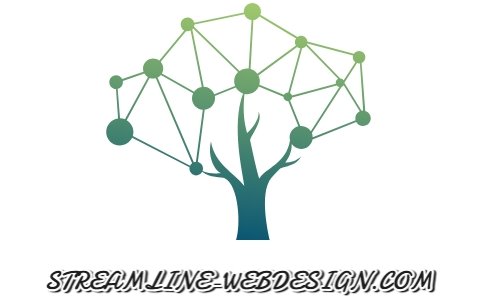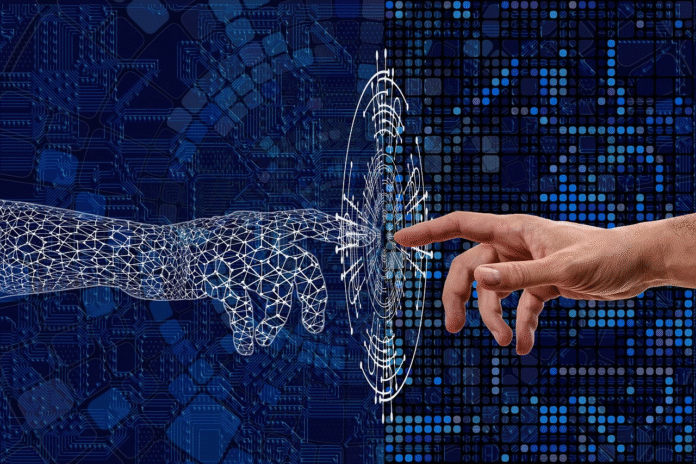
As technology charges forward, the digital landscape is once again undergoing a transformation. Flat, minimalist websites—long the standard—are giving way to immersive 3D experiences that offer depth, interaction, and a sense of exploration. But with this evolution comes a familiar question: are we witnessing the future of web design, or simply repeating the same mistakes of the past with flashier tools?
3D design has captured the imagination of developers and designers alike. Scroll through the latest websites from tech giants or luxury brands and you’ll find spinning product models, animated walkthroughs, and interactive digital showrooms. At its best, this movement makes the web more intuitive, more engaging, and yes—more beautiful. But when poorly implemented, it can be just another shiny distraction, slowing users down and turning curiosity into frustration.
The Magnetic Pull of 3D Design
There’s no denying the power of well-executed 3D. It’s not just about aesthetics; it’s about immersion.
Tech companies like Apple understand this. Their product pages now offer fluid, high-fidelity 3D interactions that allow users to spin, zoom, and inspect every inch of a device before making a purchase. The design doesn’t just impress—it informs. A potential buyer feels more in control, better equipped to make a decision.
Luxury auto brands such as Porsche and BMW are also betting big on 3D. Their online car configurators let users build their dream vehicle—changing paint colors, swapping wheel styles, even adjusting the interior. This level of interaction creates emotional investment. When someone spends ten minutes customizing a car, they’re no longer browsing—they’re attached.
Even education is seeing a 3D revolution. Medical students can dissect virtual human bodies; architecture students can explore models in real space; and history enthusiasts can take guided virtual tours of ancient cities. These aren’t just novel experiences—they’re enhancements that make information more accessible and memorable.
When 3D Misses the Mark
But as with all things digital, not every use of 3D is a win. For every well-crafted, performance-optimized 3D experience, there are countless others that fall flat—literally and figuratively.
One of the biggest issues? Misuse. It’s easy to be seduced by the “wow” factor of 3D and forget the core principles of good web design: clarity, speed, and usability.
We’ve all been there—a homepage dominated by a 3D animation that looks impressive during a demo but grinds to a halt on a mobile device. Navigation that requires awkward dragging and rotating just to find a menu. Pages that take so long to load, users leave before they even see the product.
E-commerce is especially vulnerable. While a 3D shoe or handbag might look sleek, if it compromises performance, customers are gone. They’ll trade a fancy spin-around view for a fast-loading photo gallery any day.
Performance is paramount, and 3D often demands more resources. It taxes browsers, slows page speeds, and when left unoptimized, ruins the very experience it’s supposed to enhance. It’s ironic—an over-designed 3D interface can actually create more friction than the most basic static layout.
Déjà Vu: The Ghost of Flash
If all this sounds eerily familiar, it should. We’ve been here before.
Remember Flash? In the early 2000s, it was hailed as revolutionary. It allowed websites to feature animations, music, interactive menus—it made the web feel alive. But over time, it became clear that Flash was more about form than function. Sites were slow. Navigation was unintuitive. Splash screens became barriers, not doorways. Eventually, users—and developers—lost patience.
By the time Flash was officially discontinued in 2020, it had become a cautionary tale: innovation is only as good as the experience it delivers.
Now, as 3D design surges in popularity, we’re teetering on a similar edge. The tools are more advanced, the potential is greater, but the same temptations remain. Use 3D to dazzle, and you might gain short-term attention. Use it to genuinely improve the experience, and you might change the way users interact with the web.
The Path Forward: Purpose-Driven 3D
So what’s the verdict? Is 3D the future of web design—or just another passing phase?
The answer isn’t black and white. 3D design isn’t inherently good or bad—it all comes down to how it’s used.
When 3D elements serve a clear purpose—such as helping users understand a product, navigate a space, or connect emotionally—they’re more than justified. They become valuable tools in the designer’s arsenal. But when they’re added for decoration, or worse, to show off a developer’s skill without regard for usability, they become liabilities.
The real future of 3D lies in moderation and intent. Designers must ask: Is this 3D element necessary? Does it add clarity or complexity? Will it work smoothly across devices, or only on a high-end machine?
Just as mobile-first design became a mantra in the past decade, perhaps “purpose-first 3D” should be the principle for this one.
Final Thoughts: Innovation With Caution
The web is evolving, and 3D design is undeniably a part of that evolution. It brings new dimensions—literally and figuratively—to how users interact with information. But it’s not a shortcut to good design. It’s a tool. And like any tool, its value depends on the hands that wield it.
Used with care, 3D can elevate the user experience, making websites more dynamic, informative, and memorable. Used carelessly, it risks becoming the next digital relic, joining the ranks of Flash in the internet’s graveyard of good intentions gone wrong.
So here’s the challenge to every designer, developer, and brand: don’t just jump on the 3D bandwagon. Steer it. Shape it. Use it with purpose. Because innovation is only meaningful when it actually improves the journey—not just the view.
4o











